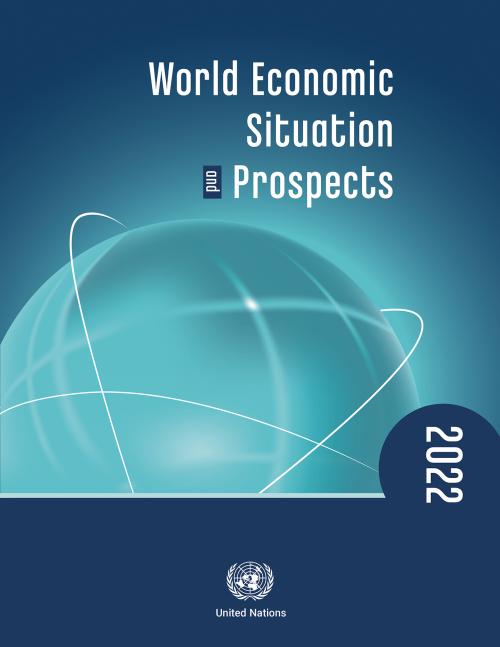
Global growth prospects have weakened significantly amid the war in Ukraine, rising energy, food and commodity prices, soaring inflation and tightening monetary policy stances by major central banks. The world economy is projected to grow by 3.1 per cent in 2022, marking a downward revision of 0.9 percentage points from our previous forecast released in January 2022. The baseline forecast faces significant downside risks from further intensification of the war in Ukraine and potential new waves of the pandemic.
Growth forecasts for the United States, European Union and China have been revised downward, with the European Union registering the most significant downward revision. The…
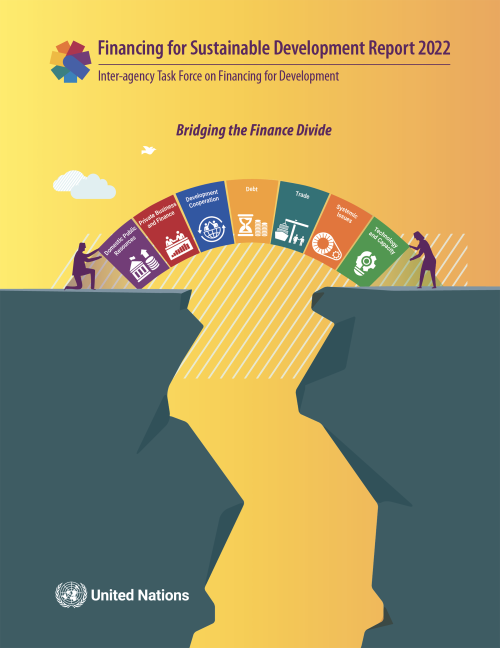
Developing countries still have to regain lost ground from the COVID-19 pandemic. The pandemic has put more countries at risk of debt distress, constrained their fiscal space and hampered economic growth. The war in Ukraine is exacerbating all these challenges. In this context, the 2022 Financing for Sustainable Development Report identifies a “great finance divide” – the inability of poorer countries to raise sufficient resources and borrow affordably for investment.
The great finance divide leaves developing countries unable to respond to crises and invest in sustainable development. On average, developed countries use 3.5 per cent of revenue to pay interest on their debt,…
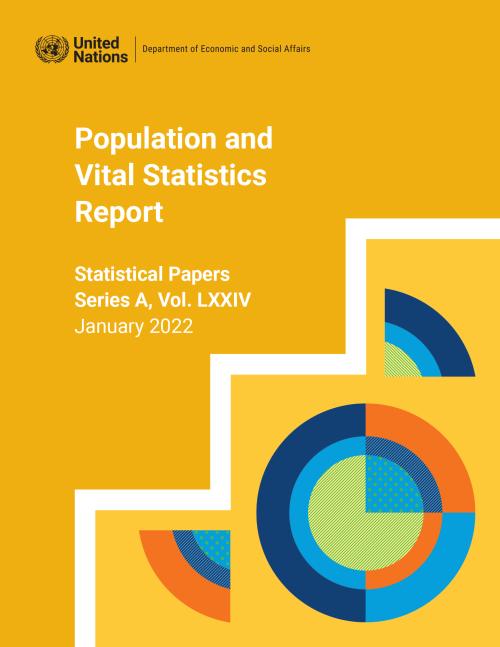
The Population and Vital Statistics Report presents most recent data on population size (total, male and female) from the latest available census of the population, national official population estimates and the number and rate (births, deaths and infant deaths) for the latest available year within the past 15 years. It also presents United Nations estimates of the mid-year population of the world, and its major areas and regions.
This report, in this format, is published once a year, while the electronic version is updated every two weeks at the UNSD website. The report presents data on total, female and male population counts from the most recent population census, population…
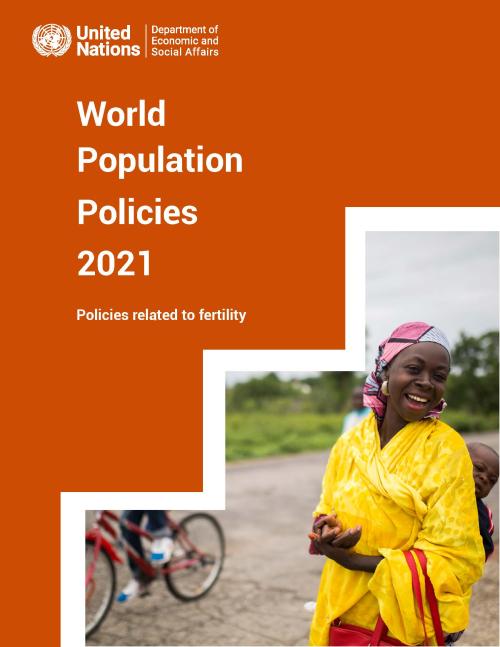
The World Population Policies 2021: Policies related to fertility, provides a brief overview of global fertility levels and trends since the early 1960s and explores government’s views and policies related to fertility. The analysis of views and policies draws on data gathered through 2019 and available in the World Population Policies Database, reflecting the situation before the outbreak of the coronavirus disease 2019 (COVID-19) pandemic. The report then presents five case studies of countries from different regions and with a range of fertility levels, exploring in more detail the origin and evolution of national fertility policies. The case studies are followed by an assessment of…
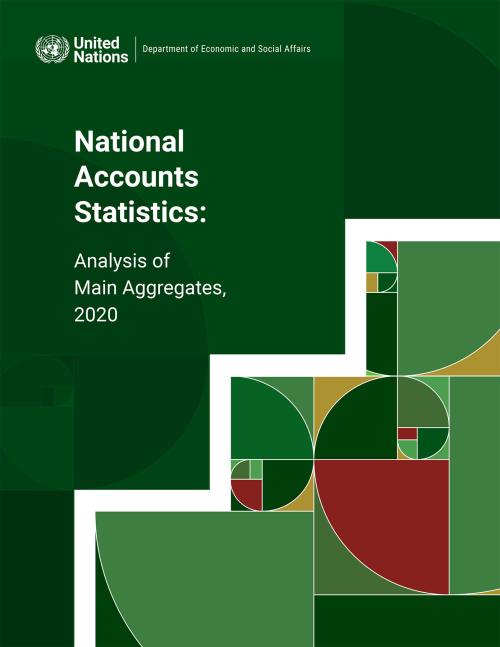
The National Accounts Statistics: Analysis of Main Aggregates, 2020 is the 51st issue of this publication which comprises in the form of analytical tables a summary of the principal national accounting aggregates based on official national accounts data for more than 200 countries and areas, covering 1970-2020. It also contains a section on the estimation methods used for compiling data. It is prepared by the Statistics Division of the Department of Economic and Social Affairs of the United Nations in cooperation with national statistical offices. Tables include analysis of data on gross domestic product (GDP) by different structural components. They are classified into: 1)…

Global Population Growth and Sustainable Development probes the linkages between global population growth and the social, economic and environmental dimensions of sustainable development. The report examines how the current rapid growth of the human population is a consequence of the demographic transition from high to low levels of mortality and fertility. The report reviews the connections between population growth and key aspects of social and economic development, including poverty, hunger and malnutrition, health, education, gender equality, economic growth and decent work. It also explores the contribution of global population increase to environmental degradation, including…

The Monthly Bulletin of Statistics presents current economic and social statistics for more than 200 countries and territories of the world. It contains over 50 tables of monthly and/or bimonthly, quarterly and annual data on a variety of subjects illustrating important economic trends and developments, including population, prices, employment and earnings, energy, manufacturing, transport, construction, international merchandise trade and finance.
In addition to the regular recurrent monthly tables, this issue includes Bimonthly and quarterly tables: Retail price indices relating to living expenditures of United Nations officials; Civil aviation traffic: passenger-km and…
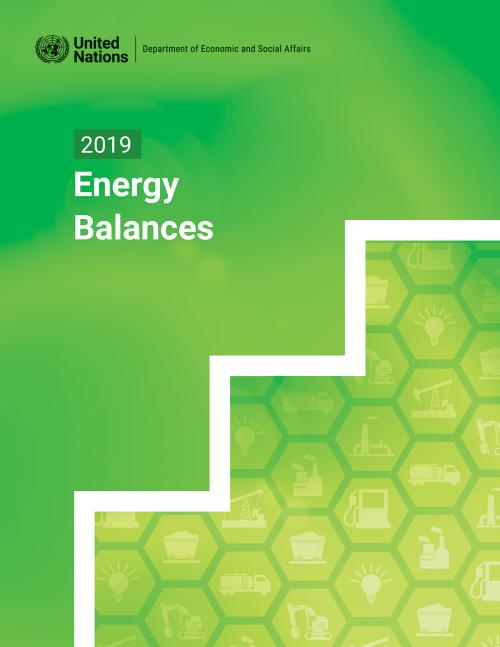
The 2019 Energy Balances contains energy balances for more than 220 countries and territories, showing production, trade, transformation and consumption (by sector) in energy units for all energy products.
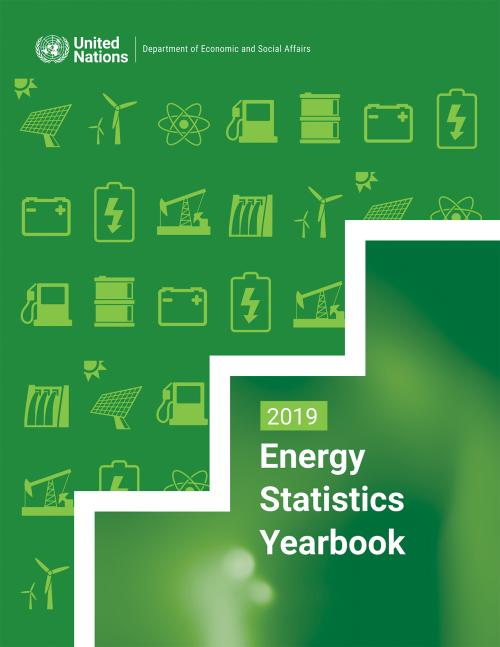
The 2019 Energy Statistics Yearbook is the 63rd issue in a series of annual compilations of internationally comparable statistics summarizing world energy trends. Annual data for 229 countries and areas for the period 2016 to 2019 are presented on production, trade and consumption of energy: solids, liquids, gaseous fuels, electricity and heat, covering both renewable and non-renewable sources of energy. In addition, per capita consumption series are also provided for all energy products. Graphs are included to illustrate historic trends and/or changes in composition of production and/or consumption of major energy products. Special tables of interest include: international…
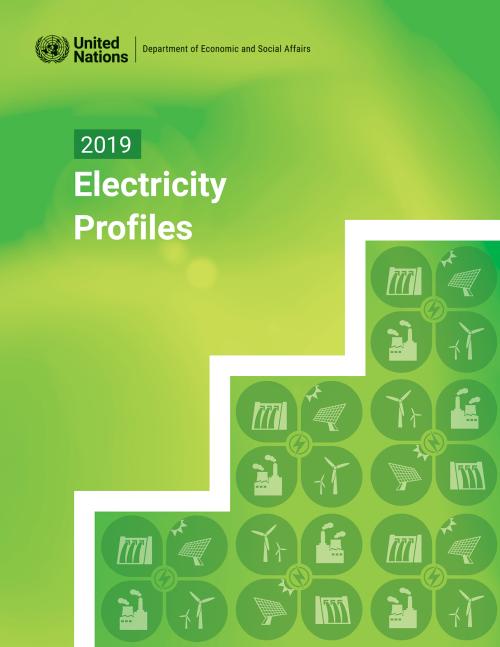
The 2019 Electricity Profiles contains electricity profiles for about 230 countries and territories, providing detailed information on production, trade and consumption of electricity, net installed capacity and thermal power plant input and efficiency for most countries.
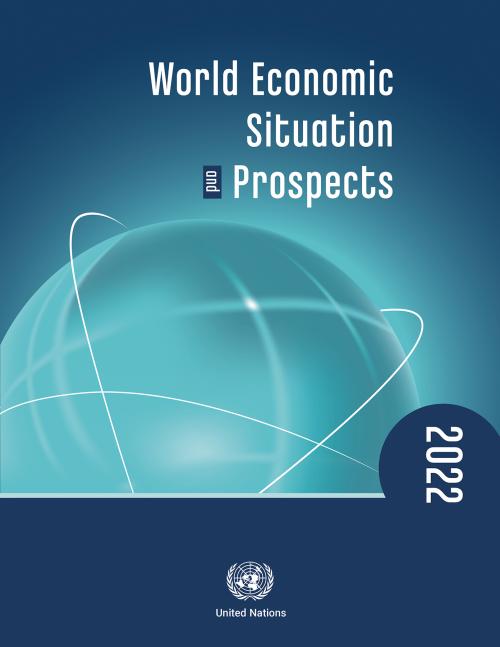
The global economic recovery is facing significant headwinds amid new waves of COVID-19 infections, persistent labour market challenges, lingering supply-chain challenes and rising inflationary pressures. After expanding by 5.5 per cent in 2021, the global output is projected to grow by only 4.0 per cent in 2022 and 3.5 per cent in 2023, according to the United Nations World Economic Situation and Prospects (WESP) 2022.
The robust recovery in 2021 – driven by strong consumer spending and some uptake in investment, with trade in goods surpassing pre-pandemic levels — marked the highest growth rate in more than four decades, the Report highlighted. Yet the momentum for growth –…
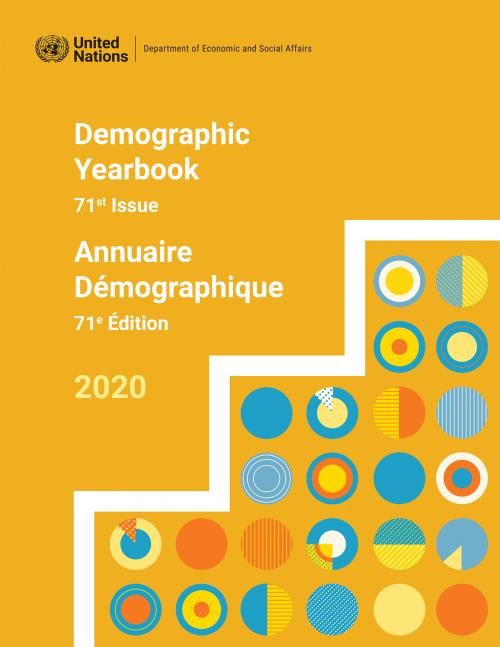
Demographic Yearbook 2020 is the 71st issue in a series published since 1948. Through the cooperation with the National Statistical Offices, official demographic statistics are compiled in the Yearbook, as available for more than 230 countries and areas of the world up to the reference year 2020. This edition of the Yearbook contains chapters on the population size and distribution, the population of capital cities, fertility, fetal mortality, infant and maternal mortality, general mortality, nuptiality and divorce.
 Welcome to the United Nations
Welcome to the United Nations